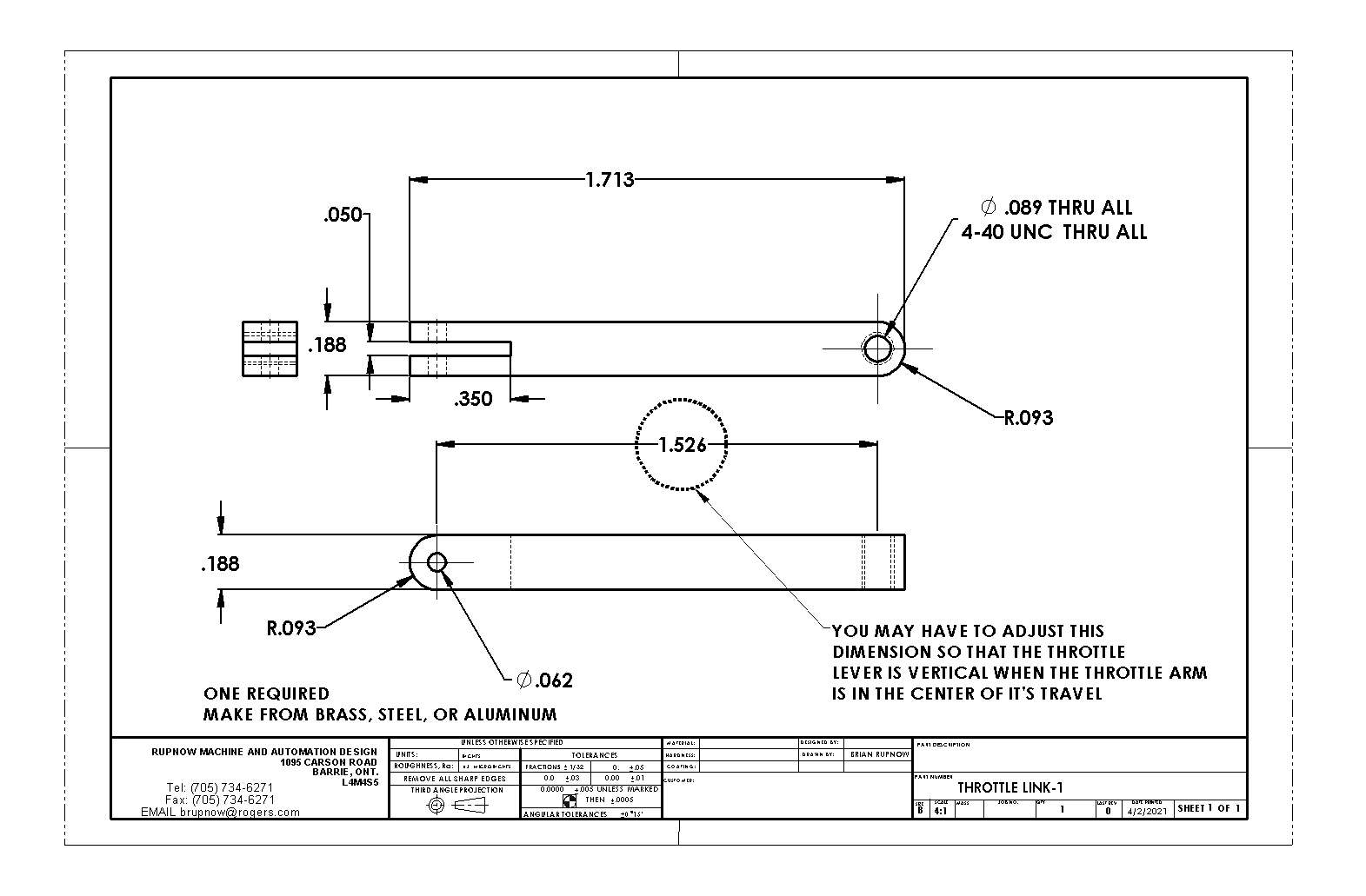- Joined
- Sep 2, 2011
- Messages
- 1,385
- Reaction score
- 376
Brian, im sorry but i am talking about the 1/4 x 32 side of things how did you adapt down to it? i guess what i am asking is i would like to see your coil wire adaptation to the smaller plug. from your description above im getting you are speaking of the coil side and not the plug side? or am i mistaken? sorry but the coil side i have down pat. its the smaller plug side that i am adapting down and my adapter works but something i just want to see more of because just because i made something that works doesnt mean that i did it right or that it cant be done betterOkay Werowance---Here you go.---Find a piece of wooden dowel that is a "good" fit into the end of the coil, and long enough to stick out thru the hole in the box about 1" when it is seated in the coil. Drill a hole lengthwise thru the piece of wood, big enough to run the insulated coil wire completely thru it. The coil wire should be about 18" long between the sparkplug boot and the bare end which fits into the wood. Cut about 3/4" of insulation away from the non sparkplug end of the coil wire. Coat the last 3" or 4 " of the stripped end of the coil wire and coat it with slow setting glue and push it thru the wood until the bared end sticks out of the wood. Fold the wires back over the outside of the wood, coat them with glue and smooth them against the wood. Now, when dry, you can insert the wood thru the hole in the box into the coil.---If you require a different sparkplug boot, make up a second coil wire assembly. the 1" of wood which extends beyond the side of the box lets you grip the wood in your fingers and pull it completely out, then you can push in a different coil wire assembly.
but want to say CONGRATS, IT RUNS! and LOOKS GOOD. with all caps because it deserves it!









































































